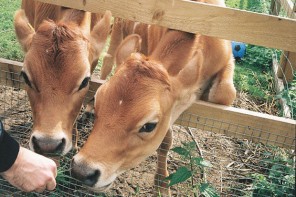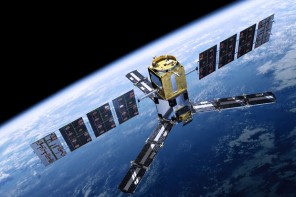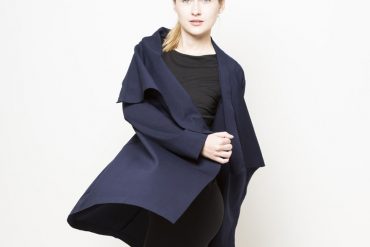Written by: Adrienne Brookbanks
For the most part, climate change sceptics, environmental researchers and scientists who have been vocal about their beliefs have been men. History books have placed much more emphasis on men’s roles regarding the environment and climate change, effectively disguising women’s participation in environmentalist actions.
The female gender, however, has been intricately involved in efforts to curb our growing environmental crisis. Bella Abzug, one of the founding members of the Women’s Environment and Development Organisation (WEDO) says that women, by their increasingly nature-focused activities want to prove to the world that they can make a difference, and be a powerful force for positive changes in the environment and the world around them.
Why women go green
According to the International Museum of Women (IMOW), men far outnumber women in political parties – except in Green Parties. These parties boast a disproportionately high number of women members. In an interview with Finnish MP Janina Andersson, the IMOW found that Green Parties aren’t only concerned with environmental issues, but also endorse sustainable development, nonviolence, gender issues and social justice.
“Approximately 9% of Finns vote Green. Out of 200 members in Finnish Parliament, 14 are Greens – 9 of which are women. We have two Ministers in Parliament, both of whom are women. Our representative in the EU Parliament is also a woman,” said Andersson.
“The Greens have brought many young women into power. Today, our party has many more women than men, but this is slowly changing. We are definitely seeking gender balance among our members. However, women tend to care more for the green ideals in Finland,” said Andersson in her IMOW interview.
Women were involved in environmental movements from the beginning
While many people may believe that the Western world is responsible for eco-activism, the history books have proved otherwise. Two of the most prominent ecological movements were, in fact, initiated by women.
- The Chipko movement: Also known as Chipko Andolan (which means ‘to stick’ in Hindi), this movement dates back to the 1970’s where the Uttarakhandi women took part in non violent movements aimed at protecting trees and forests from being destroyed. The women would hug the trees and form human chains around trees in order to deter wood cutters from chopping down trees.
- Green Belt Movement: Probably one of the biggest and most well-known environmental movements is the Green Belt movement, which was started by Nobel Prize winner Wangari Maathai in 1977. What started as a small tree planting initiative has grown to a huge number environmental restoration projects around the world.
More women than men believe that climate change is real
After analysing over eight years of data from Gallup’s annual environmental poll, Michigan State sociologist found that women are more likely than men to believe that climate change is real. McCright also found that men claim to have a better understanding of climate change than women.
“Men still claim they have a better understanding of global warming than women, even though women’s beliefs align much more closely with the scientific consensus. Here is yet another study finding that women underestimate their scientific knowledge – a troubling pattern that inhibits many young women from pursuing scientific careers,” said McCright in an interview with Treehugger.
Being a woman is difficult – especially in the environmental movement
Emily Hunter is the daughter of Bobbi and Robert Hunter – famous Canadian environmentalists. At 24, she is an avid speaker for eco-issues and she has been involved in many organisations, such as Greenpeace, EarthRoots, Sea Shepherd and the Canadian Youth Climate Coalition. In an interview with Shamelessmag.com, Emily said that being a woman is difficult – especially in the environmental movement.
“I find that women are constantly taken out of the picture with environmentalism. My mother, Bobbi Hunter, who was a co-founder of Greenpeace, first treasurer of Greenpeace and the first women to save a whale by putting her body between a harpoon and a whale – is completely cut out of history. People know of Robert Hunter, Rex Weyler, Patric Moore (all co-founders of Greenpeace), Paul Watson (Sea Shepherd founder), and David Suzuku (renowned environmentalist),” explains Hunter.
“But the reality is, the face of environmentalism is predominantly masculine. Women are cut out of the picture when it comes to the portrayal and voice of environmentalist. Therefore, I find my fight as a female environmental activist is just as much a fight for women’s equality and against patriarchy as it is against the destructive engines depleting our world. The two battles are very much intertwined,” says Hunter.
When asked what type of advice she would give to young women seeking to make a difference with regards to environmental issues, Hunter says that women need to beware of giving themselves up for the greater cause they are working toward.
“Working on something like ‘saving the planet’ asks you to give so much of yourself to fight for something larger than you. Time, energy, strength, brevity, even friends and family. Giving a lot and being selfless is a rewarding experience and seeing the ‘bigger picture’ is mind-blowing. But do not give up your identity; it is the very thing that will carry you through. But it is also the first thing that too many activists give up,” concludes Hunter.
The liveeco team







